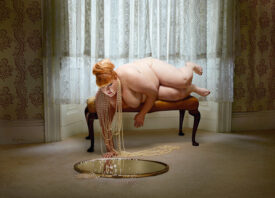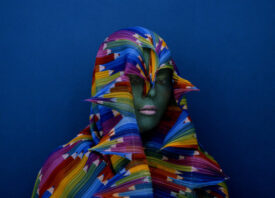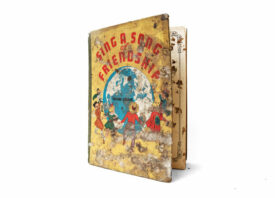Search this site
People of Color Star in These Fearless Revisions of Master Paintings

Imim

Romante
In the 17th century, Peter Paul Rubens was the most coveted portraitist in northern Europe; he painted the elite members of noble society, scholars, and nights. King Philip IV of Spain sat for his canvas, as did Marchesa Brigida Spinola-Doria of Genoa, an aristocrat rendered in glittering satin and intended to be viewed from a height, glancing downwards at an audience that was doubtlessly beneath her high-ranking status.
Some four centuries later, Dallas-based photographer Maxine Helfman takes inspiration from Rubens and contemporaries like Jan Brueghel the Elder and Anthony van Dyck to create Historical Correction, in which she resurrects the style of 15th-17th century Flemish portraiture, with people of color in the starring role.
As much as she revered the era’s historical portraiture, Helfman realized to her dismay that they only told one small part of the story. This was a tale narrated by white painters commissioned by white nobility. Europe’s Black population, a diverse community that also included members of the nobility, was vastly underrepresented.
As a white woman, the photographer is well aware of the fact that she cannot tell this story alone. Her process is a collaborative one with her models. She draws as much if not more influence from artists of color—Carrie Mae Weems, in particular—as she does from the Flemish master painters.
Although she acknowledges that her protagonists are a work of fiction, Helfman’s work is very much about (pervasive and often painful) truths. She began the project in 2012, and with the passing of the years—not to mention wide-spread coverage of the series—she still isn’t encouraged about our future when it comes to racism. In fact, she says, recent events have confirmed the very basis of her project: the fact that we’re still fighting for justice and equal representation.

Yelrah

Ynothna

Idotenyin

Nedeah

Ybels

Wettham

Enen

Esirah

Ido
All images © Maxine Helfman


